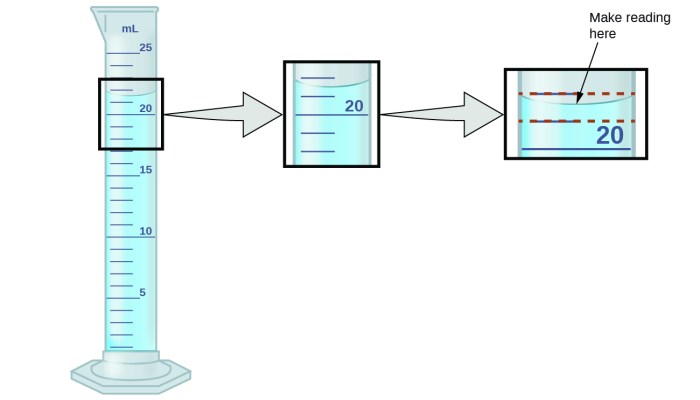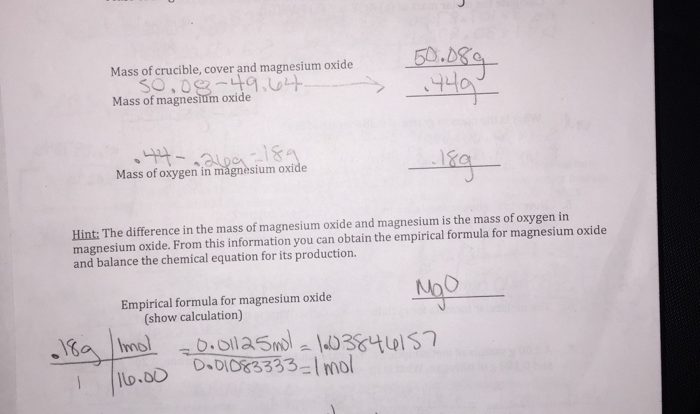The Chemical Names and Formulas Worksheet provides a comprehensive overview of the fundamental concepts and principles governing chemical nomenclature and formula writing. This worksheet serves as an invaluable resource for students and educators alike, offering a structured approach to understanding the systematic naming and representation of chemical compounds.
This worksheet delves into the intricacies of chemical nomenclature, explaining the rules and conventions for naming both ionic and covalent compounds. It provides clear and concise examples to illustrate the application of these rules, ensuring a thorough understanding of the subject matter.
Chemical Names and Formulas
Chemical names and formulas are essential for identifying and describing chemical substances. A chemical name is a unique identifier for a specific compound, while a chemical formula provides information about the elements and their proportions in the compound.
Provide the chemical name and formula for the following elements:, Chemical names and formulas worksheet
- Hydrogen: H 2
- Oxygen: O 2
- Nitrogen: N 2
- Carbon: C
- Sodium: Na
- Chlorine: Cl 2
The relationship between the chemical name and formula is that the name identifies the elements present in the compound, while the formula indicates the number of atoms of each element.
Chemical Nomenclature
Chemical nomenclature is the system of naming chemical compounds. There are two main types of chemical compounds: ionic compounds and covalent compounds.
Ionic Compounds
Ionic compounds are formed when a metal loses one or more electrons to a non-metal. The metal becomes a positively charged ion, called a cation, while the non-metal becomes a negatively charged ion, called an anion. The name of an ionic compound is written by first writing the name of the cation, followed by the name of the anion.
For example, sodium chloride (NaCl) is an ionic compound formed when sodium loses an electron to chlorine. The sodium ion (Na +) is named first, followed by the chloride ion (Cl –).
Covalent Compounds
Covalent compounds are formed when two or more non-metals share electrons. The name of a covalent compound is written by first writing the name of the first element, followed by the name of the second element with the suffix “-ide”.
For example, water (H 2O) is a covalent compound formed when two hydrogen atoms share electrons with an oxygen atom. The hydrogen atoms are named first, followed by the oxygen atom with the suffix “-ide”.
Chemical Formulas
Chemical formulas are used to represent the composition of chemical compounds. The formula of an ionic compound is written by writing the symbols of the cation and anion side by side. The formula of a covalent compound is written by writing the symbols of the elements in the compound side by side, with subscripts to indicate the number of atoms of each element.
Ionic Compounds
The formula of an ionic compound is written by writing the symbol of the cation first, followed by the symbol of the anion. For example, the formula of sodium chloride is NaCl.
Covalent Compounds
The formula of a covalent compound is written by writing the symbols of the elements in the compound side by side, with subscripts to indicate the number of atoms of each element. For example, the formula of water is H 2O.
FAQ Section: Chemical Names And Formulas Worksheet
What is the difference between an ionic and a covalent compound?
Ionic compounds are formed by the transfer of electrons between atoms, resulting in the formation of positively charged ions (cations) and negatively charged ions (anions). Covalent compounds, on the other hand, are formed by the sharing of electrons between atoms.
How do I determine the chemical formula of a compound?
To determine the chemical formula of a compound, you need to know the charges of the ions involved. For ionic compounds, the formula is determined by balancing the charges of the cations and anions. For covalent compounds, the formula is determined by the number of atoms of each element present in the molecule.
What are the rules for naming ionic compounds?
The rules for naming ionic compounds are as follows:
- The cation is named first, followed by the anion.
- The name of the cation is the same as the element name.
- The name of the anion is the root of the element name, followed by the suffix “-ide”.

